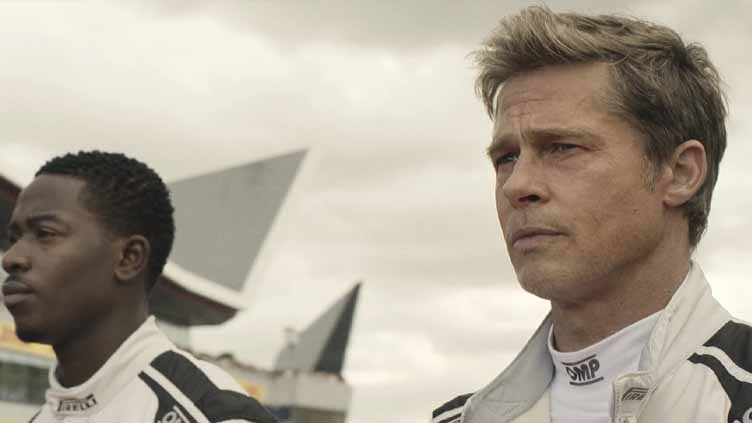The 'F1' team on adapting some of the spirit of 'Top Gun' to Formula One film with Brad Pitt

Entertainment
There were many concerns: About anything going wrong, accidents, and the question of the villain
“Top Gun: Maverick” filmmaker Joseph Kosinski came to Formula One like many Americans: “Drive to Survive.”
In that popular Netflix series, he saw the potential for a cinematic event, full of immersive thrills, the high stakes of the competitive racing world and the idea that your teammate could be your greatest rival.
“I don’t think there’s any other sport that’s quite like that,” Kosinski said. “It’s ripe for drama.”
The movies have loved car racing since their earliest days, and the popularity of F1 has exploded in recent years. Giving it the “Top Gun” treatment made sense. But it would take nearly four years for that dream to become “F1,” which is speeding into movie theaters on June 27.
It was a complex operation that would involve unprecedented coordination with the league, groundbreaking innovation in camera technology, and letting one of the biggest movie stars in the world, Brad Pitt, drive a real race car at 180 miles an hour on film. Many, many times.
Getting F1 on board
Hollywood, it turned out, was a little easier to convince to make the film than the league. By the time Kosinski and producer Jerry Bruckheimer approached them, Pitt had already agreed to star and they’d decided to go with Apple to help make the movie at the level they needed, with the guarantee of a robust theatrical release (which Warner Bros. is handling). Then came the Formula One meeting.
“When you come in, the first thing they think is you’re going to make them look bad,” Bruckheimer said. “I went through this with when I went to the Navy the first time on ‘Top Gun.’”
There were many concerns: About anything going wrong, accidents, and the question of the villain. But, the filmmakers explained, this story wasn’t about a villain. It’s a competition between two drivers — a younger driver (Damson Idris) and an older driver (Pitt) trying to make him better.
Bruckheimer said it took almost a year to get the league on board, and then they had to go around to the individual teams to explain it to them as well. But once everyone bought in, they committed and opened their world to the filmmakers.
“The amount of, let’s say, conversations regarding things not related to the actual filmmaking has been massive just from a coordination point of view,” Kosinski said. “But there’s no way we could have made this film without that partnership with Formula One.”
Among the things they got to do: Build a garage at the Grand Prix for their fictional team; Drive on the track during Grand Prix weekends in front of hundreds of thousands of spectators; Put their Formula One cars on the track with the film’s cars (and drivers); Have Pitt and Idris stand at the end of the national anthem in both Silverstone and Abu Dhabi; And sit in on drivers meetings and technical briefings.
“It was full-on integration of these two worlds coming together,” Kosinski said. “There’s no way the film could have happened or look like it does without that partnership. I think you’ll see the result of that on screen because you couldn’t recreate what we were able to capture by doing it for real.”



